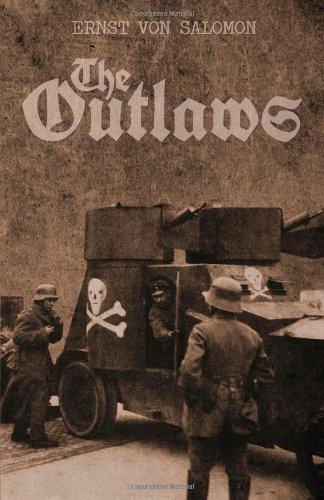
The Outlaw
Ernst von Salomon, trans. Ian F. D. Morrow, 1st English edition 1931; third edition
Arktos Media, 2013
Introduction
The Outlaws is an unusual piece of literature—a historical novel written by one of the participants in the events described, and a work of fiction that has been used as a primary source by researchers of the period. I read this book with the hope of gaining some insight into the role of political violence within a Western society undergoing profound change. It is always tempting to seek historical analogies connecting one period to another. Obviously, the differences between Germany of one hundred years ago, the period cover by this book, and today’s America are huge. But perhaps by comparing and contrasting these two eras we can gain a better understanding of political violence within a Western context.
 The Author
The Author
Ernst von Salomon (1902–1972) was a young political activist during the Weimar republic.[1] He was born Kiel, then part of Prussia. His father was a high-ranking police official. When World War I ended with the November Revolution, Ernst, a sixteen-year-old cadet at the academy in Lichterfelde, left school and joined the Freikorps.
He was involved in suppressing the Spartacist Upraising in Berlin in January 1919 and fought in the Baltic States during most of that year. He was back in Germany to take part in the failed Kapp Putsch in March 1920 and fought the Poles in Upper Silesia in 1921. After the Freikorps was disbanded, Salomon joined the Organisation Consul, an underground rightwing revolutionary group.
In 1922 he was sentenced to five years in prison as an accessory to the murder of the German foreign minister Walther Rathenau. In 1927 he received another five-year sentence for attempted murder during a vigilante assault. He was pardoned by President Paul von Hindenburg after serving a few months. The irrepressible Ernst was in investigative custody in 1930 for activities on behalf of the Landvolkbewegung, a farmers’ protest movement in Schleswig-Holstein, when he finished his first novel Die Geächteten (The Ostracized). Published in English as The Outlaws in 1931, the book was a literary and commercial success.
Although a fanatical German nationalist he did not support National Socialism and was arrested and briefly detained by the regime, suspected of Strasserism. He was, however, a sanctioned writer during the Third Reich and worked on scripts for the film company UFA. He resumed his writing career after the war with the best seller Der Fragebogen (The Questionnaire) a novel about Allied denazification efforts.
The Book
There are two ways to read The Outlaws: as a war novel, an adventure story; or as a first-person history of the post-World War I German Right. The first approach is an easier, more pleasurable read. There is plenty of action in the first two-thirds of the book. The second approach is challenging and humbling, even if the reader believes he has a good background knowledge of the period covered. The book may call into question some of the reader’s preconceived perceptions of this time. I found myself jotting down names of people and places mentioned in the text for later internet searches. Specifics are often blurred. The author may have assumed that German readers of 1930 would be well acquainted with the events discussed, or perhaps he wanted to convey the chaos and uncertainty of early Weimar Germany as seen through the eyes of a teenaged political soldier. This is suggested in the Introduction to the English edition, written by historian Ian F.D. Morrow. “The confusion of thought and action that was so typical of post-War Germany has rarely found better expression than in the following pages” (7).
The first chapter, aptly entitled “Chaos,” describes the November Revolution from the street level. By chapter four our protagonist has joined the Freikorps and is battling the communists in the streets of Berlin during the Spartacist Uprising. The young soldier was shocked that there were Berliners who chose to ignore the conflict around them to pursue personal amusements. “We heard nigger music from the bars and dancing saloons, we saw profiteers, and prostitutes, noisy and drunk, . . . while the last stray shots of our companions were still sounding in the distance” (36).
The reader quickly learns that initially many of the Freikorps were not the stereotypic reactionaries or proto-fascists of popular imagination. Some were noncommunist socialists. It should be noted that the German Social Democratic Party (SPD) was at this time a Marxist party. So the fighting during 1918–19 pitted communists, who wanted a violent revolution to install a dictatorship of the proletariat, against the SPD which sought to implement Marxism incrementally through elections. A portion of Freikorps members were apolitical; they just wanted action. “They had not yet gotten over the war. War had molded them; it had given a meaning to their lives and a reason for their existence. They were unruly and untamed, beings apart, who gathered themselves into little companies animated by a desire to fight. . . . Each one of them had a different idea of what he wanted” (57).
On April 1, 1919 our narrator’s unit headed to the Baltic States. If the situation in Germany was fluid, conditions were even more in flux to the east. Here the Freikorps fought for German goals as proposed in the Brest-Litovsk Treaty of March 1918. Most of the action takes place in present-day Latvia where at least four different factions were operating: Latvian nationalists fighting for an autonomous republic, Reds, both Russian and Latvian, fighting for the Bolshevik Revolution, Whites trying to reestablish the old Russian authority, and the aforementioned Freikorps supporting the interests of Baltic Germans. There were shifting alliances as the three noncommunist groups sometimes united to battle the Reds, and at other times fought each other.
An interesting digression: One of my grandfathers was Latvian, and I spent two years in Riga teaching English as a foreign language. So I was particularly interested in this part of the book. As to be expected, the author tells the German side of the story and uses German place names. Thus the Dwina River is now the Daugava, Mitau is now Jelgava, and Windau is now Vestspils. But Riga has always been Riga. Our narrator mentions “Ulmanis’ Lettish Government,” referring to Kārlis Ulmanis (1877–1942) the first prime minister of the Latvian Republic. Ulmanis was a nationalist and an agronomist, receiving a BS in agriculture from the University of Nebraska. After a number of years in the US he returned to Latvia, then part of the Russian Empire, in 1913 and went on to help establish the Latvian republic in 1918. In June 1940 Soviet forces occupied Latvia. In July Ulmanis was arrested and deported to the Soviet Union. He died in prison in September 1942. His great nephew, Guntis Ulmanis was president during my stay (1993–1995).
Returning to our narrative: The author saw his heaviest fighting during this period. It was a nasty conflict. Both the Reds and the Freikorps murdered civilians and executed prisoners, but in combat our protagonist claims the Freikorps acquitted themselves well. While it was obvious that Germany had lost the war in the west there was still hope, even at this late date, that some gains could be salvaged to the east. The Allies, however, required the German government to withdrawal all paramilitaries from the Baltics in August, 1919. The author’s unit was one that refused that order. In November 1919, the government forced all units back home by cutting off all logistical support. The Freikorps was largely dependent on government support, though some units were privately funded at times.
The author believed that the events of 1919 were another stab in the back. He held that German forces could have prevailed at least in Latvia, though many historians disagree. In any case the departing Freikorps troops went on a rampage. “We hunted the Letts across the fields like hares, set fire to every house, smashed every bridge to smithereens and broke every telegraph pole. We dropped the corpses into the wells and threw bombs after them. We killed anything that fell into our hands, we set fire to everything that would burn. We saw red; we lost every feeling of humanity” (131).
Consider this: Although hailing from Schleswig-Holstein, a semi-Scandinavian part of Germany, the author identified as Prussian. The Latvians are closely related ethnically to the original Prussians. Prussians are basically Germanized Balts. The majority of Latvians at the time were Lutheran, as were the Prussians. Within this context, the murderous actions of the Freikorps were nothing more than extreme petty nationalism at its ugliest. In the end, Latvian national forces, with the help of a small British expeditionary force, were able to defeat the Reds and usher in twenty years of Latvian independence.
The beginning of 1920 finds the author’s unit back in Germany where, in March, they make the disastrous decision to join the Kapp Putsch. The putsch fails, and the narrator barely escapes with his life. Many of his comrades were not so fortunate. The putsch had been led by reactionaries and supported by monarchists and some units of the Reichswehr. The author makes it clear that he is no reactionary. He supported a “national revolution,” but is never explicit about his ideology. Was it akin to Third Position or even National Bolshevism?
The next crisis facing German nationalists was the French occupation of areas in western Germany. The French used Black colonial troops to make the operation especially galling to the Germans. Our protagonist observes the often-noted characteristic of Blacks being simultaneously menacing and comical. “I saw a squad of negroes coming along in the charge of a white corporal. They had spindle legs, on which their puttees slipped, and they walked with their toes turned in. They grinned, showing big white teeth, looking round unconcernedly, and were obviously enjoying an unaccustomed feeling of superiority” (182).
The narrator is disappointed that the majority of the population greeted the occupation with only passive resistance. At this time, he is trying to reintegrate into civil society, but loses a job after his service in the Freikorps is discovered. He notes the proliferation of patriotic groups, some reactionary, some revolutionary. But they had one thing in common: they all “felt that they had been betrayed and cheated by fate” (191).
Chapter XVI is entitled “Upper Silesia,” describing the next theater of action. In 1919 the Versailles Treaty created a district of Upper Silesia, a borderland between Poland and Germany. By 1920 that area was governed by the Inter-Allied Plebiscite Commission. When a March 1921 plebiscite went 70% for Germany, fighting quickly broke out between Polish forces and the German population.
Almost spontaneously Freikorps members converged on the area. On the train to Upper Silesia members stood out from the other passengers, “they were dressed in worn field-gray, and darned breeches like myself; their fair hair and arrogant faces gave them all a sort of family likeness” (217). These men “had come from all parts of the realm, scenting fighting and danger, without knowing one another, without orders and with no definite goal, save only Upper Silesia” (218). According to the author, the Freikorps fought well but were again betrayed and abandoned by their government. Ultimately, however, Germany was able to retain most of Upper Silesia.
With the Freikorps permanently disbanded, the author joins Organisation Consul (OC) an underground group that conducted attacks against the French occupiers and carried out political assassinations. He describes it as: “a secret society consisting of men who are ready to fight for power with every weapon, loyal to one another, bound to their superiors by vows of silence and obedience, with the death penalty for traitors” (232). Obviously, such an organization would never work in twenty-first century America.
As a member of OC ,the narrator becomes involved in a plot to kill Walther Rathenau, Weimar’s foreign minister. There has been considerable discussion by historians as to why Rathenau was targeted. He was both a wealthy Jew and a socialist, but according to the author, these were not considerations, Rathenau was a competent diplomat whose work was strengthening Weimar’s international standing. It was thought that his death would deliver a blow to the republic and act as an accelerant to ignite a national revolution. What might have sealed Rathenau’s fate was the Treaty of Rapallo signed in April 1922 with the Soviet Union that officially negated Brest-Litovsk and proscribed any future gains in the east. The former Freikorps members had risked and sacrificed much in hopes for expansion in the Baltics.
At this point the author makes his first mention of Hitler. One of the plotters says: “If Hitler is the man I think he is, he’ll realise his chance now. A year later will be a decade too soon” (277). An eerie prophesy: The book was published in 1930, Rathenau’s assassination was in 1922, the Beer Hall Putsch was in 1923, and Hitler’s ascension was in 1933.
The hit on the foreign minister was successful, but the results were the opposite of what the plotters had hoped for. The people, the police, and the army rallied around the government. The conspirators were hunted down, included our protagonist, and the republic lasted another ten years. Before his arrest, the narrator was on the run. He mentions in passing that at this time Bavaria had become a gathering place for rightwing activists, a bit similar to the role the northern Rockies play in the US today.
The author is eventually arrested, tried, convicted, and sentenced to five years in prison as an accessory to murder. I found the last third of the book less interesting than the previous chapters filled with physical action and personal interactions. The author writes that prison “was neither life nor death, and yet partook of both” (312). He was very isolated. “I was lonely to a degree which lay well under zero in any scale of temperature” (318). His one friend, whom he was able to see infrequently, was a communist, “another political prisoner,” and the writer considered himself a political prisoner, not a criminal.
At this point our protagonist, for obvious reasons, becomes very introspective. The narrative drags. One of the few items of interest is the comparison between German prisons of the 1920s and U.S. prisons of today. The theory of the time in Germany was that the offender’s environment had led him to crime, so isolating him from his former social milieu would aid in his rehabilitation—thus very few visitors or letters allowed. There appeared to be generally good order; the guards were armed with swords and hand guns! The prison wardens had a great deal of discretionary authority, as opposed to today’s America where prisons are typically under strict judicial oversight. The author suffered under poor sanitation, diet, and health care, but, being young and combat-hardened, he apparently felt little physical threat from fellow inmates. Interestingly, Herr Hitler, whose sentence overlapped the author’s, was incarcerated under much more benign conditions.
In his isolation the narrator was only dimly aware of outside events such as the hyperinflation of the period. He noticed that the denomination of the postage stamps of his few letters greatly increased. Then “during the first days of November 1923” vague reports “that something was brewing in Bavaria”—The Beer Hall Putsch (330).
Finally, at the end of 1923, a lengthy newsletter from a former comrade is smuggled in to the writer. He learns that 13 Krupp workers had been shot by the French in March (both the Right and the Left opposed French occupation). The correspondent reported that the economy was in free fall. “The whole country was in a state of uproar. What held it together was nothing but fear of the chaos from which the German revolution must grow” (335)—sentiments of a true revolutionary. On November 8th Hitler had proclaimed a National Republic. The following day the police and army “shot at the advancing men and thirteen were killed; all fellows who had been with us in the Ruhr, incidentally” (337). Was it true that all those killed during the putsch were former Freikorps members?[2] The letter ends: “There’s a nigger-sheik in Morocco called Abd-el-Krim who is supposed to be planning a revolt against France—and airmen are useful everywhere . . .” (341). So the author’s Freikorps comrade went off to fight the French on another front.
It is now 1925 and our protagonist has been incarcerated for three years. His physical and mental health have deteriorated. The mental suffering is worse than the physical privations and he spent some time in the prison infirmary with “prison psychosis.” Then in 1926: “A period began for me that was a shade brighter than the four years which had passed” (390). For one thing, “new regulations” allowed for more physical activity.
When the author is transferred into a temporary holding facility he notes, “The walls in the new cell were scribbled over closely, one name directly beside another, written in pencil or scratched with some sharp object. After a good many names was a swastika or a Soviet star” (407). Apparently, the narrator was not the only inmate who considered himself a political prisoner. By 1927, with his sentence nearly complete, the writer belatedly realizes that his organization, the OC, “the outlaws,” was dead. Yet he does not regret the fight. The book ends with the author’s release back into society. He’s in a bit of a daze, feeling a deficiency in social skills. He contemplates his future and concludes that he could never be just an ordinary bourgeois citizen. Despite everything that has happened, he will continue his activism.
The Takeaway
Weimar, of course, cannot be understood except within the context of the catastrophic defeat Germany suffered in 1918, a physical and psychologically devastating loss. In contrast, early twenty-first century America is still a formidable economic and military empire, though a decedent and rapidly declining one. Taking into account the large differences between Germany in the 1920s and the U.S. in 2020s there are still some potential lessons to be gleaned from a comparison.
First, when a government feels constrained by circumstances or legal niceties from pursuit of its vital interests, it will employ auxiliaries to accomplish its goals. In late 1918 and early 1919 the German army was in disarray. After Versailles they were limited to a force of 100,000. To suppress revolutionary forces at home and to defend their interests in the east they used the Freikorps. Most of the logistics were supplied by the government.
Are Antifa/BLM the US establishment’s equivalent of the Freikorps? At first glance the comparison seems ludicrous. Freikorps members were almost all combat veterans. Many had been NCOs in elite units. While their discipline was not up to regular army standards, it was usually at a high level. Antifa is composed of drug addicts, pretty criminals, and sexual deviants. They are most effective when they outnumber their opponents by at least 10:1. Yet they are funded and supported by US establishment: financially by corporations, legally by the judiciary and NGOs, ethically and intellectually by the mass media and academe. Evidence that Antifa/BLM are establishment operatives includes the fact that they do not attack financial or state security centers of power, but target ordinary dissidents trying to exercise their rights of speech and assembly, most recently people who oppose the establishments mandates on for Covid 19 vaccines. Antifa’s task is to prevent or shut down any street activism (e.g.., Charlottesville) or in-person meetings of the Dissident Right. They are doing the work the established powers would like to do, but cannot legally do, themselves.
By permitting—indeed encouraging and facilitating—private actions to suppress First Amendment rights, the establishment runs the risk of things getting out of hand. By creating a climate of lawlessness there can be collateral damage (e.g., the Barbara Boxer mugging in Oakland) or a backlash from the law-abiding majority. Despite the hazards of employing Antifa/BLM, the establishment may find them increasingly necessary in the future. The Dissident Right embodies the only true alternative to establishment ideology making it an existential threat to the ruling elite. If activism on the Right grows, look for Antifa/BLM to receive more overt support from the establishment, even though that motley rubble is difficult to control.
The establishment would like to treat political dissent from the Right as a law enforcement issue. Thus dissidents need to be smart and disciplined while remaining steadfast in support of their cause. This segues to another point: Accelerationist strategies usually backfire. We saw in The Outlaws that the failed Kapp Putsch rallied people to the republic, as did the assassination of Rathenau. The book also makes it clear that there is nothing intrinsically “rightwing” about the police or military. At times they supported the Right, at times the Left, and at times they remained neutral.
The bottom line: Intelligence, patience, persistence, and preparation should be the watchwords for the Dissident Right. Almost all major political/social change is accompanied by some violence. There might be a time for that, but now is not the time. As the adman for vintner Paul Masson said, “Serve no wine before its time.”
[1] Most of the following biographical information is from the Good Reads website: www.goodreads.com/author/show/874070.
[2] Some definitely were former Freikorps members, but probably not all.


 The Crest of the Peacock (1991) has a beautiful title and an ugly purpose. The book takes that title from a line in an
The Crest of the Peacock (1991) has a beautiful title and an ugly purpose. The book takes that title from a line in an 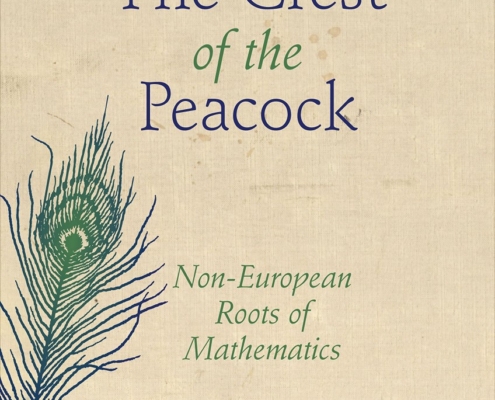

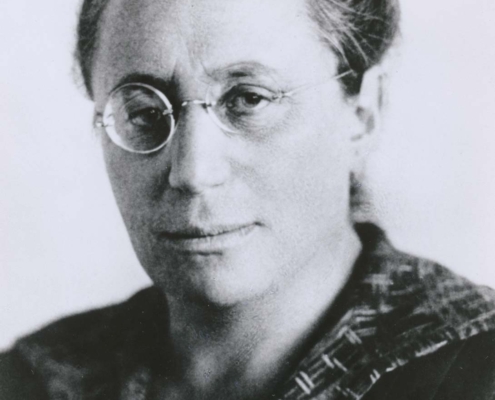

 The Author
The Author
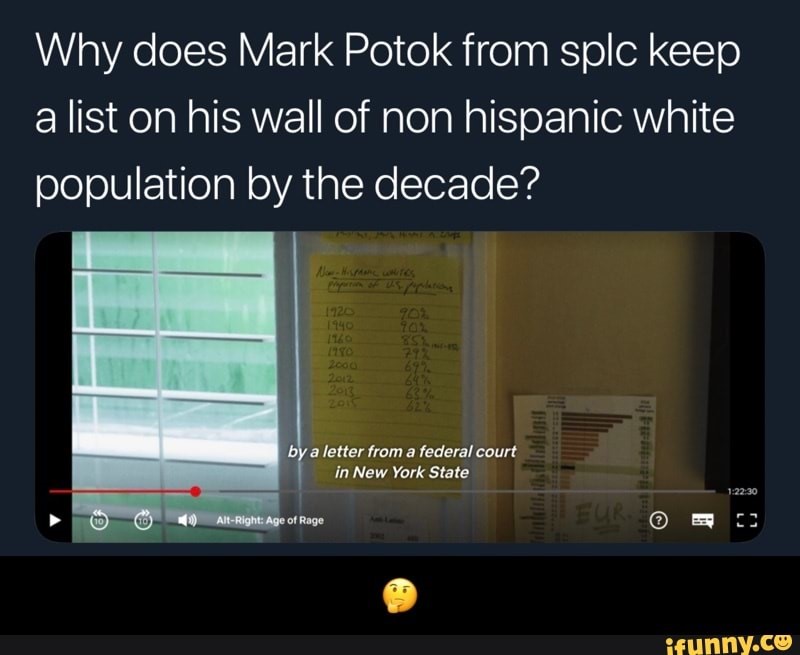
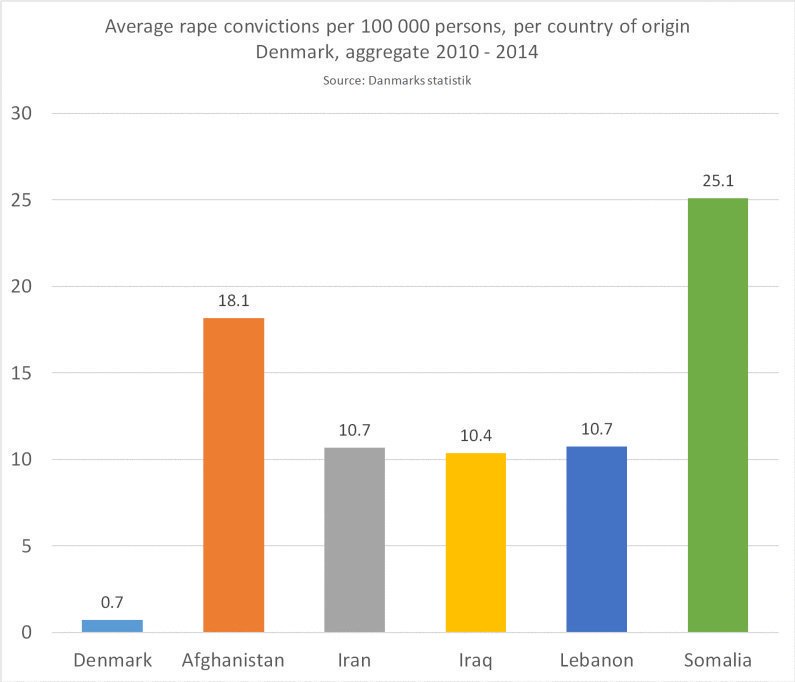
 The take-no-nonsense Afghan Ahmad Otak and his two White victims
The take-no-nonsense Afghan Ahmad Otak and his two White victims



